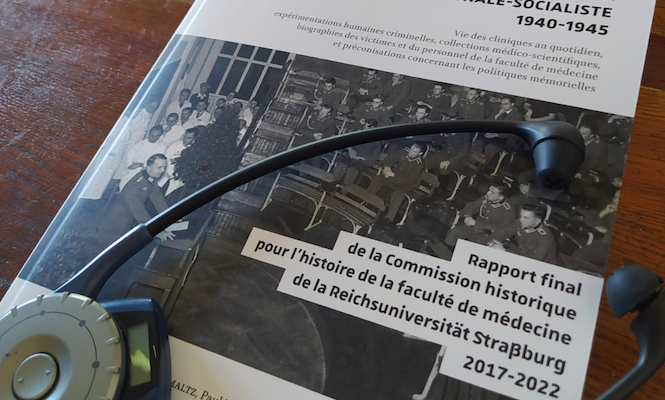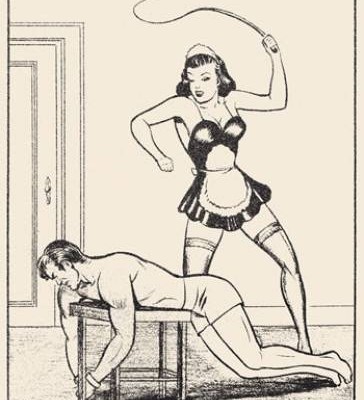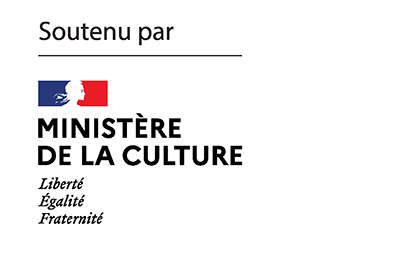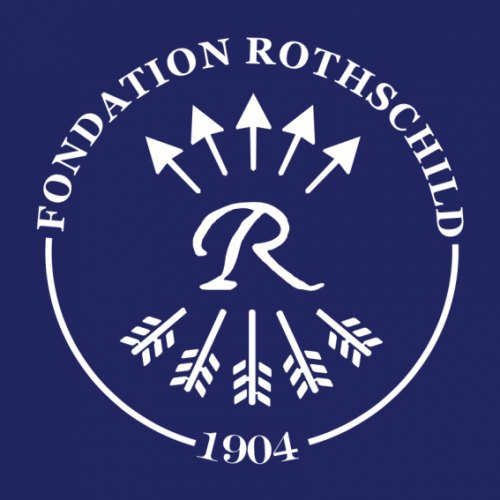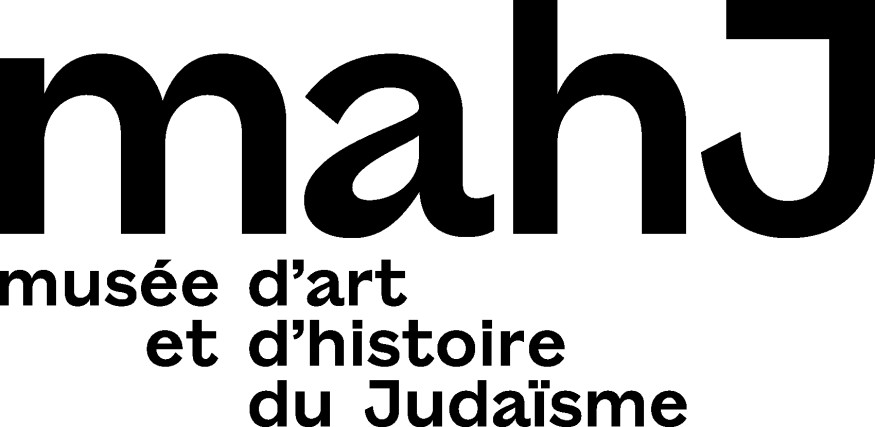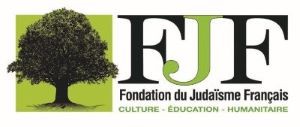Sobibor is set to have a new memorial this fall, almost ten years after the project by architects Piotr Michalewicz and Marcin Urbanek and artist-historian Łukasz Mieszkowski was selected. It is the latter who this week entrusts K. with a new text in which he returns to the challenges of this nascent monument: How should one lay out the site? What experience should the visitor have? Łukasz Mieszkowski, in addition to the plans and images he proposes, delivers a review of the inspirations, questions and controversies he had to contend with. His theory could be summarized as follows, in his own words: “protect the dead and take care of the living.” For him, it was a question of replacing the “architecture of dread” – which has inspired the construction of many memorial spaces in recent decades – with a melancholic architecture of a more removed loss. After having published in recent weeks an article about the preface of the Auschwitz collection and a report on the impossible Holocaust memorial in London, K. continues its European exploration of the documents but also of the difficult roads of memorialization.
Today we show the crime; yesterday the Jews were also exhibited. In 1941, August Hirt was appointed director of the Institute of Anatomy at the University of Strasbourg, which later became the Reichuniversität Straßburg. He set up a project to collect “Jewish skeletons.” The criminal human experimentation there lasted until November 1944. In 2016, an independent, international, historical commission was established, whose task was to evaluate all of the university’s medical collections to ensure that no human remains from victims of Nazism were still kept there, but also to provide recommendations in terms of ethics training for current and future medical staff. The final report of the Commission was presented in Strasbourg on May 3. Maelle Partouche attended its presentation. She reviews its conclusions and tells us the story of the abomination it describes.
Last week, Milo Lévy-Bruhl – following Jeremy Corbyn’s visit to Paris to support the left-wing Nupes in France’s parliamentary elections – proposed an indispensable reflection on the need to stop hiding from the reality of a general resurgence of antisemitism that does not spare the left and of which Corbin might be seen as instantiating. He thus called for a collective self-correction, pointing to a charter from France’s Green Party, which “encompasses all the major contemporary issues related to the fight against antisemitism” as a promising sign. This week, Danny Trom takes a different, and arguably more pessimistic, look at the hegemony of La France Insoumise, the leading faction within the Nupes[1], on the left. He does so from the starting point of its name – “La France Insoumise” (“Unsubmissive France”) – which departs from a historical tradition in which social space was thought of through pairs in tension: capitalists/proletarians; bourgeois/workers, etc. For Danny Trom, the very name “La France Insoumise” is structurally inclined to conspiracy theory: “One often wonders about the meaning of the word populism. The answer is at hand: to transform relations of objective interdependence into a war of all, of all the people, those who are insoumis and those who are still submissive, against those who dominate.”
Notes
| 1 | Nupes is the acronym for “Nouvelle Union populaire écologique et sociale” [“New Popular Ecological and Social Union”] name given to the French left-wing coalition. |

